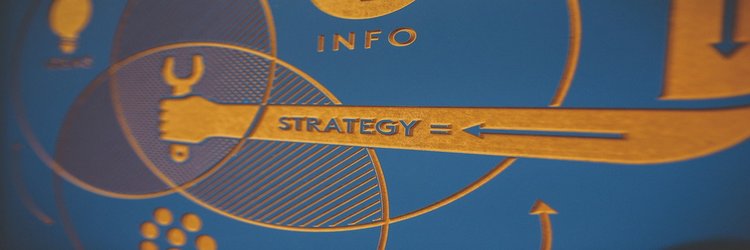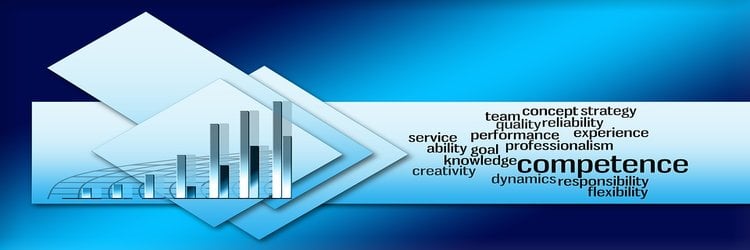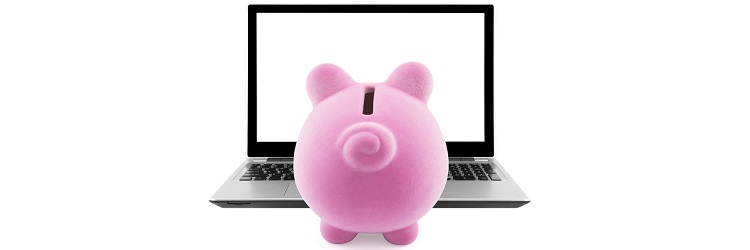In its Semiannual Risk Perspective, the OCC said strategic risk remains high as banks consider business model changes and face revenue challenges.
OCC: Risks Facing National Banks & Federal Savings Associations
New Year - New Clients?
It's true, it is a new year. What happens when the new year hits? Sales goals are reset, people are desperate for change and everyone is presented with a fresh start -- ready or not. If it sounds overwhelming, you're not wrong, but let's focus on the positives.
In this time of chaotic newness lies beautiful opportunity. This includes the chance to earn new business, as well as the opportunity to maintain current clients and win back former ones. It's definitely an exciting concept, so let's dive in!
From my very first job at 15, I knew I had management potential. I was always able to coordinate a variety of projects at once. I often compare myself to a circus act. You know, the one that keeps the plates spinning on sticks at one time? Now known as "multitasking."
Risk Profile, Strategic Planning, Risk Appetite – all this and more in the Supervisory Insights April 2016 edition and its companion video released in July. Remember when these were all discussed independently? Examining each within the Corporate Governance Program is now the new hot button with regulatory agencies.
Most say strategic plans end up on the shelf!
Plansmith Corp. recently conducted a survey of CEOs and CFOs on the role of community bank strategic planning within their organization. It was not surprising to learn that 90% said they have a strategic plan, but a closer look revealed some interesting statistics on the implementation of their plans.
Compliance
The cost of regulatory compliance, declining product prices, and technological threats from new entrants all narrow the path to future profits. Even if the yield curve improves, these threats will force community banks to search harder to improve earnings. It can’t be done on the fly; only strategic thinking and careful planning in the context of your market and the opportunities available will be successful. Would you coach a Super Bowl team without a playbook? Probably not.
Interestingly, the response I usually hear from small businesses (outside of the banking industry) is that they do have a strong, more formal handle on their day to day cash needs. They keep a check register (albeit mostly electronically, for example in QuickBooks). They know how much cash they need to fund their regular business needs and they monitor their cash flow in detail. They know which customers they need to collect from up-front, and which ones are slow to pay. They have concrete back-up plans if cash runs tight – savings, lines of credit, which bills they can delay paying versus which payments are critical to be paid on time. They know where they’ve been and where they’re trending - positive cash flow is critical to staying in business, so cash flow is always top of mind. Otherwise they’re out of business (and hence not part of my survey.)
Non-financial businesses ranging from the humble lemonade stand to the behemoth WalMart are easy to understand. The assets being transacted are, for the most part, quite tangible. It is easy to understand that something is manufactured, it is delivered to a retail place of business, it is stored in a warehouse as a portion of inventory, it is displayed on a shelf and it is ultimately purchased by people like you and me to put in a bag to take home. The equivalent chain of distribution can be identified in banking but there is one big difference that makes it all the more complicated. It is the fact that the product, being money in its many different forms, is not something you see, feel, taste, hear, or smell in any direct way.
If you are a parent, you use "what if" scenarios every day with your child. What if you get lost? What if you saved your allowance rather than spend it? What if your friends ask you to…? What if you study for that test? What if a stranger offers you a ride?
Communication is Paramount to Achieving Community Bank Objectives
When I ask this of a financial institution, I usually receive balance sheets and risk reports. Most people immediately think ‘numbers’ when you mention planning. I challenge you to think differently, think communication. Tell me about your business.










